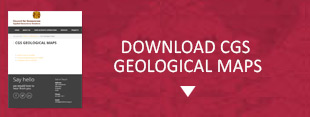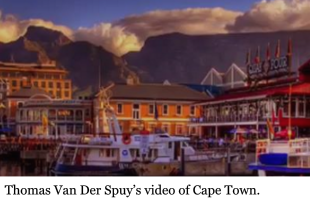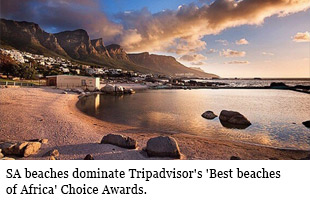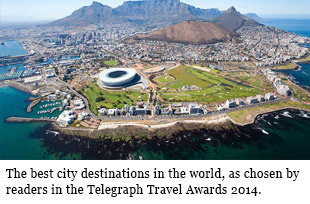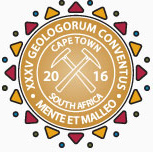
35TH INTERNATIONAL GEOLOGICAL CONGRESS
27 AUGUST - 4 SEPTEMBER 2016 | CAPE TOWN, SOUTH AFRICA
Sponsors
Keystone Sponsor
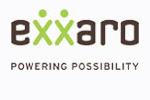

Diamond Sponsor


Gold Sponsor


Silver Sponsor
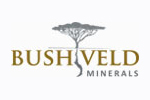

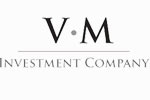
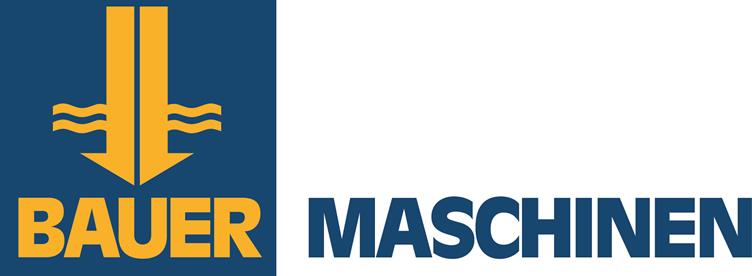




Business Centre Sponsor


Publication Sponsor




Social Function


Plenary Speaker Sponsor


Speaker Gift Sponsor


Post Graduate Fund


Registration


Welcome Drinks
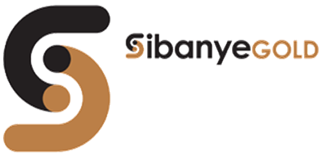

Lunch Time Drinks
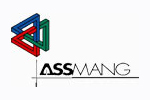

Publication &
35 IGC SAGPGF
35 IGC SAGPGF

35 IGC SAGPGF




MY IGC APP


Symposium Sponsor

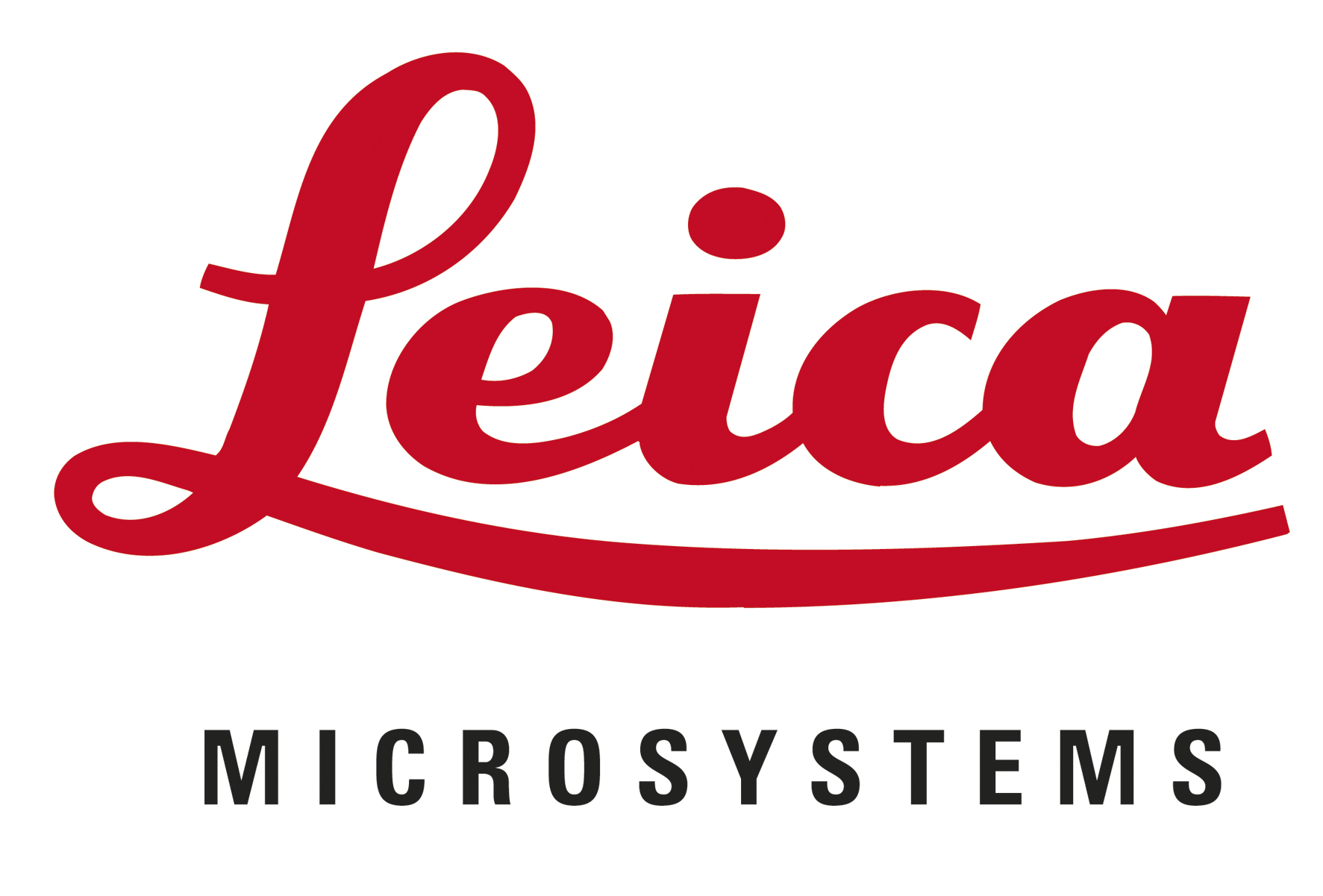


Audit Sponsor
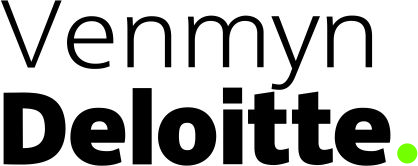

35TH INTERNATIONAL GEOLOGICAL CONGRESS
27 AUGUST - 4 SEPTEMBER 2016 | CAPE TOWN, SOUTH AFRICA
My IGC
Symposium Details
| Title | Description | Convenors |
|---|---|---|
| Greenfields exploration in regolith-dominated terrains | Most of the world-class ore discoveries have been made close to the surface. Many of these large-tonnage deposits are mined out or are largely decreasing in production. This situation, coupled with a massive increase in demand for mineral resources, is driving an increasing investment in developing technologies and exploration protocols for deep greenfield discoveries in areas such as Regolith-Dominated Terrains (RDT). Regolith-dominated terrains extend throughout large areas of Australia, Brazil, India, West Africa and China. These terrains are challenging for mineral exploration due to their lack of fresh bedrock outcrop and cover complexity. Many of these areas display deeply weathered profiles, which have been developing for millions of years, reaching depths of 100’s m. Thus these regions represent an ancient, stable and weathered landscape. In addition, sedimentary packages with exotic mineral and geochemical features contribute to increase the total thickness of the regolith profile. These overburden units act as filters or even impermeable barriers to geochemical vertical dispersion, which can reduce significantly, if not prevent, any ore pathfinder element or anomalous geochemical proxy from reaching the surface and being detectable in exploration campaigns. Therefore, even if regolith thickness is strongly linked to basement geology, deeply and intensely weathered profiles coupled with sedimentary cover obscure the surface expression of the geochemical features of the basement, and therefore blur and in some cases obliterate the geochemical footprints of mineral systems at depth. This session aims to give an global overview of the actual problematics and challenges of greenfieds exploration in RDTs , and discuss the new technologies and their efficiency to identify footprints of mineral systems in this undercover regions. | Ignacio Gonzalez-Alvarez, Ravi Anand, Tim Munday and Claudio Porto |
 Field trips
Field trips  Sponsorship & expo
Sponsorship & expo  Registration
Registration Tours
Tours  Promotion
Promotion 

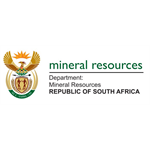












 Conference Programme
Conference Programme  Field trips
Field trips  Sponsorship & expo
Sponsorship & expo  Volunteer
Volunteer  GeoHost
GeoHost  Registration
Registration Tours
Tours  Promotion
Promotion  Publications
Publications


